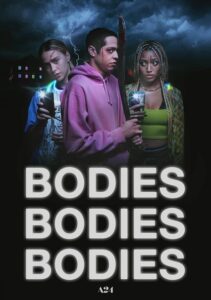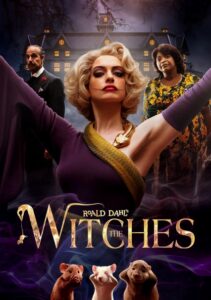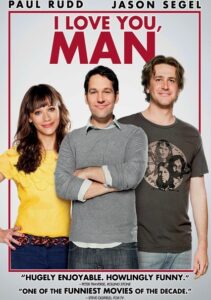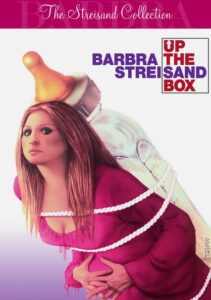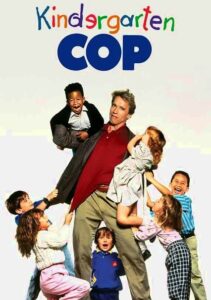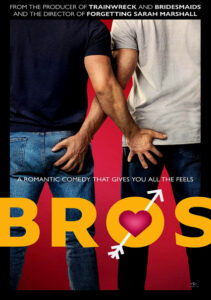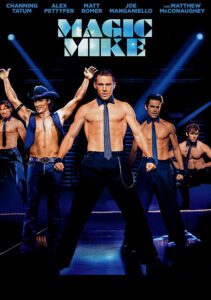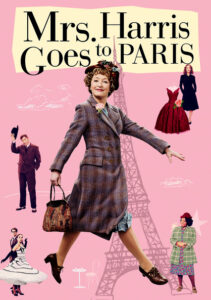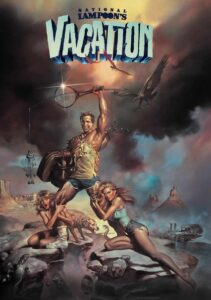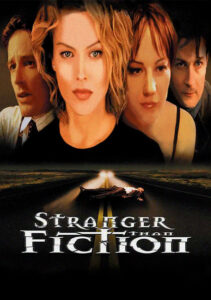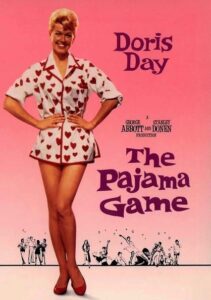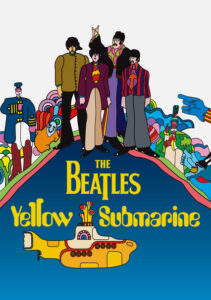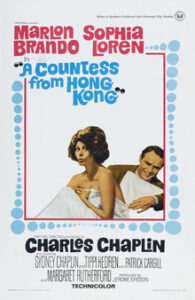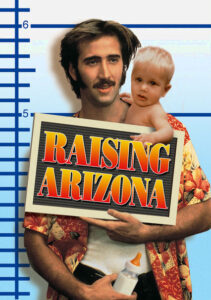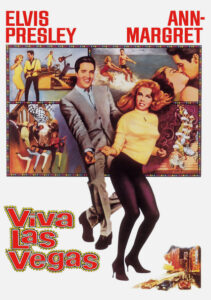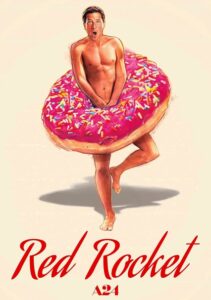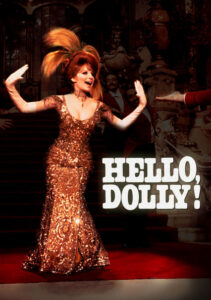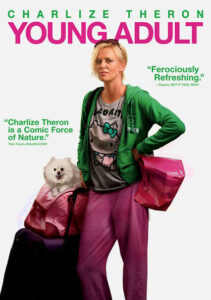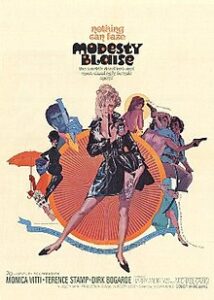Bodies Bodies Bodies-2022
Director-Halina Reijn
Starring-Amandla Sternberg, Maria Bakalova
Scott’s Review #1,321
Reviewed December 11, 2022
Grade: B
Bodies Bodies Bodies (2022) is an admirable attempt at merging straight-ahead slasher whodunit with a good dose of dark comedy and camp. It doesn’t always hit the mark but provides entertainment and is thought-provoking.
The film is never boring and will keep the viewer guessing. There is plenty of diversity with a twist at the end which I’m still not sure is satisfying or not.
While watching the film, I wasn’t always sure if the dialogue was being played for laughs (it’s sometimes terrible). I’m still uncertain if the debut director Halina Reijn was poking fun at 1980s-style slasher flicks or paying homage to them.
The inclusion of Saturday Night Live alumni Pete Davidson provides a bit of humor and pushes the film toward comedy territory though his character is more of an asshole than comic relief. It’s other characters who deliver the funny lines.
Having not heard of the film at all, the premise was intriguing and made me flip it on during a long international flight. I needed to pass ninety minutes or so of time.
When a group of rich twenty-somethings plans a dubious hurricane party at a remote family mansion, they drink and use drugs. A party game goes awry.
I knew right away that an incident would occur that would see them knocked off unceremoniously one by one.
A hefty dose of cattiness between both the male and female characters will make the viewer smirk with pleasure. The backstabbing and fake friends angle is as delicious as the offing of several characters.
I love that Sophie (Amandla Sternberg) and Bee (Maria Bakalova), the central characters, are a lesbian couple. Bee is from eastern Europe while Sophie is of mixed race, and Sophie is affluent and Bee working class. So there are many differences to explore making for an insecure relationship.
It’s suggested that they are a new couple, early on in their relationship, and one of the other girls, Jordan (Myha’la Herrold), has previously had relations with Sophie. On top of all that, Sophie is a recovering drug addict.
I’m not sure the myriad of drama elements is all that necessary but it does reinforce the complexities of the characters. At the end of the day what the audience wants to see is violence and dripping blood and I felt a bit cheated in that department.
Don’t get me wrong, people do die but nobody is shown squealing or running for their life. Because they are playing a game, aptly titled ‘bodies bodies bodies’, the victims pretend to die but then wind up dead.
Besides Bree and Sophie, the other characters are unlikeable. I slowly realized that’s the fun of Bodies Bodies Bodies. Since the characters are whiny, rich, and spoiled rotten, we want them to get their just desserts.
My main criticism of Bodies Bodies Bodies is that it’s not always clear what the intention of the film is which confuses. Is it a message movie, a slasher flick, or an argument over a spoiled and clueless generation?
As the credits rolled I wasn’t even sure who the killer was or why. Turns out, my immediate hunch was right but I second-guessed myself.
In hindsight, I like the ultimate twist but there are so many aspects to Bodies Bodies Bodies. Generation Z hatred, societal clashes, love triangles, and a potential serial killer all rolled into one. That’s a bit much for a ninety-minute affair.
Comparisons to April Fool’s Day (1986) and Scream (1996) come to mind. And, Agatha Christie’s novels where a group of characters flocks to a remote locale for a good whodunit also occur.
As I absorb Bodies Bodies Bodies (2022) more and more I realize that Reijn brings a fresh perspective to a sorely oversaturated genre and that’s a good thing.
The film could have been fleshed out more.
Independent Spirit Award Nominations: Best Director-Halina Reijn, Best First Screenplay
